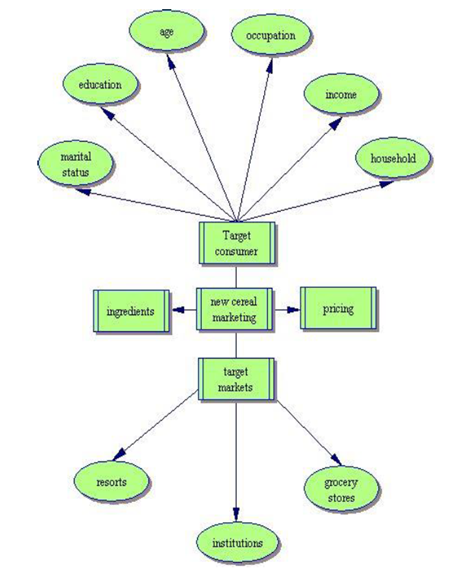When generating ideas, it is important to consider how you understand information best (i.e. verbal outlines, dictating ideas, mind mapping). Below you will find the general principles of this stage along with examples of different ways you can generate ideas for your writing assignment. Before you start brainstorming, it might be helpful to start a list of things you may already know about your topic. This can help you highlight gaps in your knowledge.
Steps
- Analyze the writing prompt/task.
- Read aloud or listen to (via text to speech software) the assignment descriptions or guidelines.
- Highlight key words and phrases that indicate how you are expected to approach the topic (i.e. “explain”, “compare”, “analyze”, “prove”). A list of definitions explaining the vocabulary around writing prompts can be found at https://assets.ccaps.umn.edu/documents/DCP/ESL-common-writing-prompts.pdf
- Consider the audience: Who is reading the paper? What is the level of topic familiarity/expertise of the type of people that will be reading this paper?
- Note your questions and contact your professor or TA to discuss them.
- Explain your purpose.
- Explain to your friend/family member what your purpose for writing the paper is, using the following statement:
- My purpose is _____________ about________________
- Example: “My purpose is to identify the major issues, trends, and breakthroughs about illiteracy in Canadian prisons in comparison to the United States.”
- Plan your time.
- Consider how much time you will need to finish your writing assignment. You can use the assignment calculator to help you plan this.
- Add a few days on to your estimated timeline in case you need more time.
- A week before your due date, set a reminder to check your progress and assess if you need to request an extension.
- Conduct background research.
- Look up terms you do not understand (you can use the vocabulary list template here).
- If there is a required reading, complete this and take notes (see the Reading section for strategies).
- Generate ideas.
- Try to think of as many ideas as possible; do not edit or censor your ideas yet. This is about being creative!
- Look at the table below to see which method makes sense for you
Examples
| Method | Benefits | Process |
| Free writing |
|
|
| Listing |
|
|
| Mind Maps, Venn diagrams, concept maps |
|
|
| 5 “Ws” and H |
|
|
Adapted from UTSC Writing Centre
Free Writing Example
You can type, write, or dictate (via speech to text software - speak to your accessibility office to find out more).
Topic: How does social media impact our communication and sense of community? Is this for better or worse?
There are lots of social media apps. Often people use more than one and each seem to have a niche purpose. They are designed to maximize time spent on the app. Could this lead to primarily communicating with others through content shared on the app? Impact - does this direct conversations towards what is displayed on the app? How much does this influence what we talk about and how we talk?
Can build communities around what we like and don’t like. Do we primarily talk to people that think the same as us? Are we challenged less in the online world?
Listing Example
Topic: Which terms should be followed for paternity or maternity leave for both men and women?
- Paternity leave: a period of absence from work granted to a father after or shortly before the birth of his child.
- How is father defined? Only for men?
- How are same-sex partnerships included/excluded with this definition?
- Maternity leave: a period of absence from work granted to a mother before and after the birth of her child.
- Similarities
- Both get time off
- Same amount of time
- Taken consecutively?
- Time limit on when you can take leave?
Mind Map Example
Topic: Marketing a new cereal

UTSC Writing Centre
5 Ws & H Example
Topic: Social media & communication
- Who uses social media? - kids, teenagers, adults. Different at different ages.
- What is social media? - online platforms, websites and apps. Apps probably more common.
- Examples: Snapchat, Tiktok, Instagram, Facebook, Twitter, YouTube
- When did social media start? - early 2000s (North America); different across different countries?
- Where is social media used currently? – certain platforms banned in different countries.
- Why do people communicate using social media? – easy to use, pervasive, can talk about content on the platform to generate conversation, entertaining.
- How does social media impact communication? - talk about info on platform; less likely to use phone because more convenient?